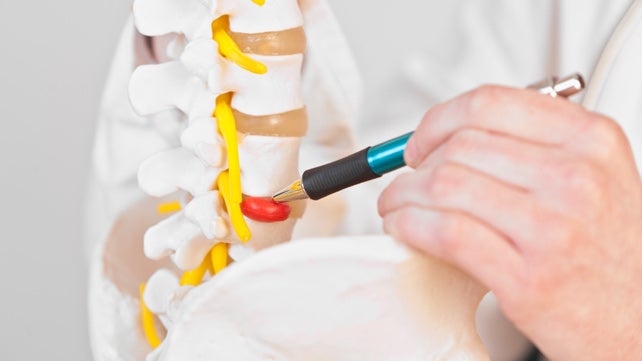A herniated disc can be a painful and debilitating condition, but it is possible to repair the disc and get back to a normal life. The most common treatment for a herniated disc repair is a combination of physical therapy, medications, and rest.
Physical therapy is an important part of treatment as it helps to strengthen the muscles around the spine and reduce inflammation. Medications such as non-steroidal anti-inflammatory drugs (NSAIDs), muscle relaxants, and epidural steroid injections can also help to reduce pain and inflammation.

Image Source: Google
Rest is also important in allowing the disc to heal and allowing the muscles to relax. It is also important to reduce activities that put a strain on the back, such as lifting, bending, and twisting. It is also advisable to use supports such as a lumbar cushion or brace when sitting or standing and to use a pillow between the knees when lying down.
In some cases, surgery may be necessary to repair the disc. This usually involves removing the herniated portion of the disc and replacing it with a synthetic material. Surgery can be risky, however, and should only be considered after other treatments have failed.
No matter what treatment is chosen, the goal is to reduce pain and improve mobility. It is important to understand that a herniated disc can take time to heal and that recovery may not be immediate. With the right treatment plan and a commitment to following through, however, it is possible to repair a herniated disc and get back to normal activities.
A herniated disc can be a painful and debilitating condition, but it can be treated with a combination of physical therapy, medications, and rest. In some cases, surgery may be necessary to repair the disc. No matter what treatment is chosen, it is important to be patient and understand that recovery may take time. With the right treatment plan, however, it is possible to repair a herniated disc and get back to normal activities.
